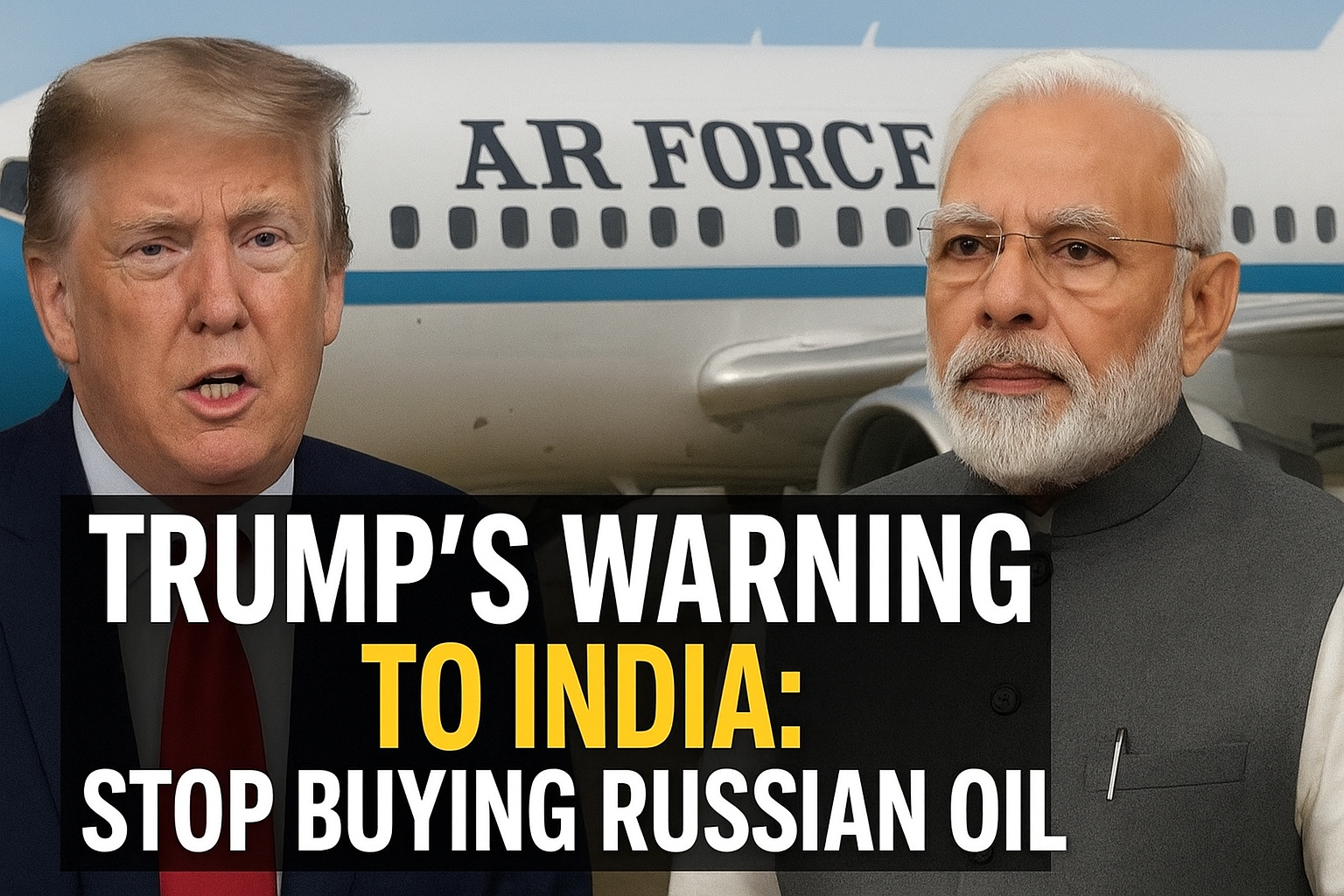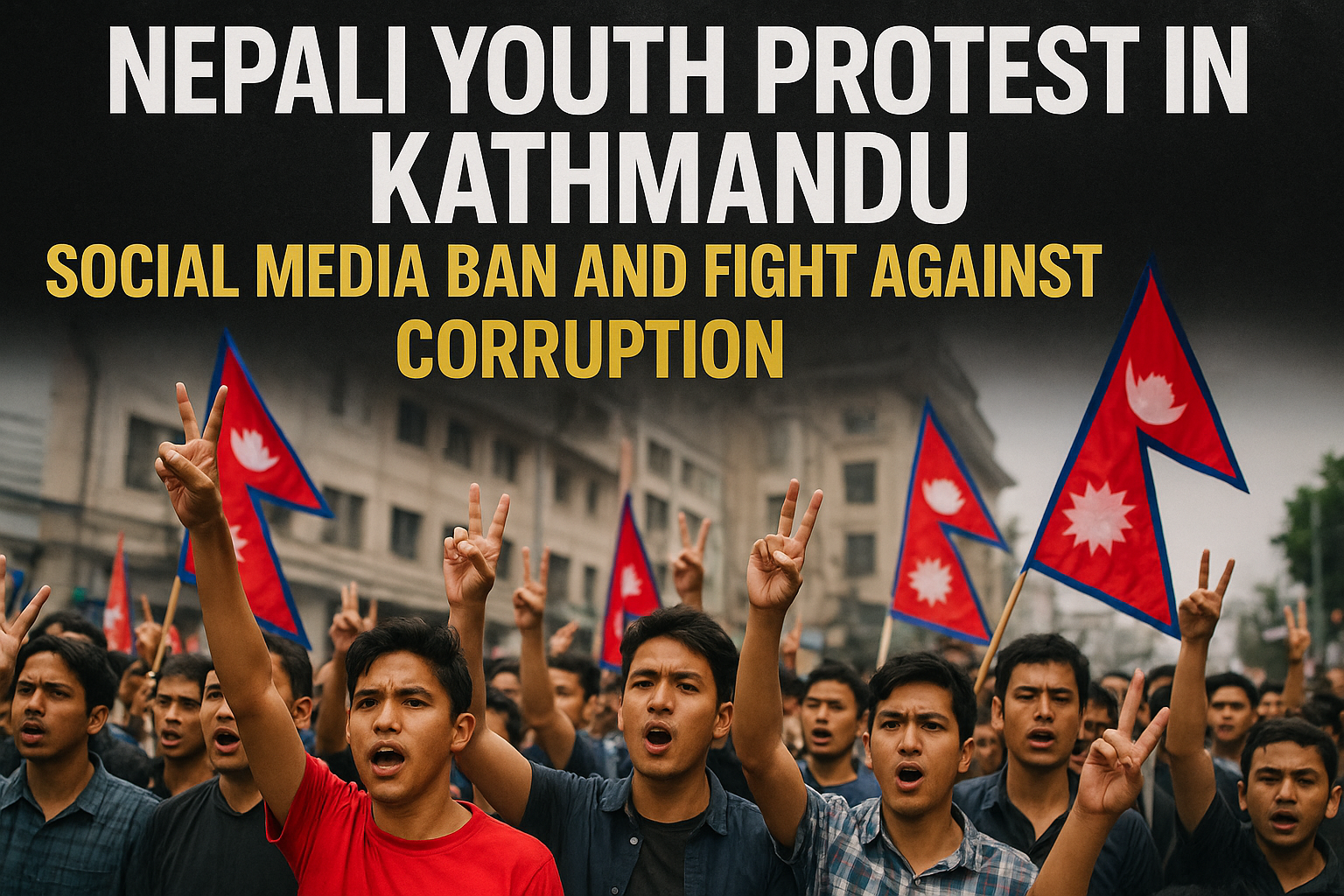In recent weeks, global attention has once again shifted toward the India–Russia oil partnership after former U.S. President Donald Trump issued a strong warning to New Delhi. Speaking aboard Air Force One, Trump stated that if India continued purchasing crude oil from Russia, his administration would consider imposing “massive tariffs” on Indian goods entering the United States.
This statement, first reported by Reuters and later echoed in The Guardian and AP, has stirred discussions in diplomatic and economic circles. According to Trump, Prime Minister Narendra Modi had earlier assured him that India would “stop doing the Russian oil thing.” However, Indian officials have maintained that energy security decisions will be guided by national interest and market conditions — not by external pressure.
India’s Oil Strategy: Energy Security First
- India, the world’s third-largest importer of crude oil, has significantly increased purchases of discounted Russian crude since 2022. When Western nations imposed sanctions on Moscow following the Ukraine conflict, Russia redirected much of its energy exports toward Asian markets — with India emerging as a key buyer.
- Officials from the Indian petroleum ministry have repeatedly emphasized that buying Russian oil is purely an economic decision. Cheaper crude helps stabilize domestic fuel prices and control inflation. In a recent statement cited by The Guardian, an unnamed government source said, “India will continue to diversify its oil imports to ensure affordable and reliable energy for its citizens.”
- This approach reflects India’s policy of strategic autonomy — maintaining independent decisions despite geopolitical pressure. While the U.S. has called for reduced dependence on Russian energy, India has balanced relations between Washington and Moscow carefully, keeping trade open without violating international sanctions.
Trump’s Tariff Threats: More Than Just Rhetoric
- Trump’s warning wasn’t limited to words. According to AP News, he suggested that new import taxes — as high as 50% — could be applied on Indian goods if the country continued its energy dealings with Russia. He claimed that such economic pressure had previously influenced other nations, even citing that his tariff threats once helped “stop a potential war” between India and Pakistan.
- This claim, made during a Fox News interview, attracted global attention. Trump said, “When I told both India and Pakistan that trade would stop if they didn’t calm down, within 24 hours the conflict cooled.” While this statement hasn’t been officially verified, it highlights Trump’s long-standing belief in using economic leverage to influence geopolitical outcomes.
- However, many foreign-policy experts argue that these remarks oversimplify complex regional dynamics. The 2019–2020 India–Pakistan standoff, for instance, was resolved through multiple diplomatic channels — not through tariff threats alone.
Ukraine Conflict and Trump’s ‘Peace Plan’
- Trump also made fresh remarks regarding the ongoing Russia–Ukraine war. He suggested that the conflict could end if Ukraine agreed to “let go of the Donbas region.” This statement, reported by Politico and Reuters, drew criticism from Western analysts who believe it legitimizes Russian territorial aggression.
- Trump’s view fits into his pattern of framing wars as negotiable business deals rather than humanitarian crises. For India, such statements highlight the uncertainty of global politics — especially when powerful nations reshape narratives around sovereignty and peace for their strategic gain.
India’s Diplomatic Balancing Game
- Prime Minister Modi’s government has consistently taken a balanced approach. India continues to engage with the U.S. in defense and technology partnerships while maintaining long-standing ties with Russia in energy, defense, and space cooperation
- Experts say this policy demonstrates New Delhi’s multi-alignment strategy rather than choosing one bloc over another.
- A senior Indian diplomat told reporters, “We cannot afford to be driven by one country’s political agenda. India’s duty is to ensure stability, security, and affordable energy for 1.4 billion citizens.”
- Despite the political noise, trade figures tell their own story. India’s imports of Russian crude reportedly account for nearly 30% of its total oil basket as of 2025. Even though volumes fluctuate due to shipping costs and sanctions, Russia remains a reliable supplier.
Conclusion: The Tightrope of Global Power
- The Trump–Modi episode underlines a broader truth — global politics is increasingly about economic influence disguised as diplomacy. While Washington uses tariffs and trade policies as leverage, New Delhi is navigating its interests through calculated diplomacy and diversification.
- India’s challenge is clear: maintain energy independence without jeopardizing global partnerships.
- In a world divided by sanctions and power rivalries, such balance isn’t easy — but it defines India’s rise as a responsible and confident global player.
Reference
- Reuters – Trump vows to keep massive tariffs on India until Russian oil imports cease (Oct 2025)
- The Guardian – India to still buy oil from Russia despite Trump threats (Aug 2025)
- AP News – Trump to put additional 25% import taxes on India (Oct 2025)
- Politico – Trump says India will stop buying Russian oil (Oct 2025)


